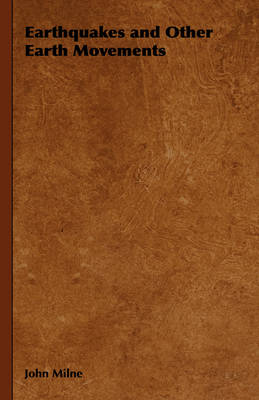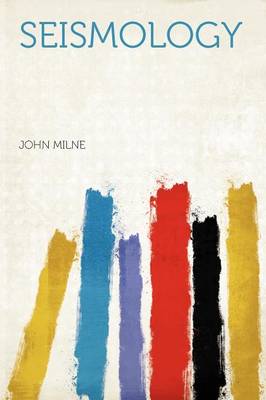Cambridge Library Collection - Earth Science
2 total works
John Milne (1850-1913) was a professor of mining and geology at the Imperial College of Engineering, Tokyo. While living in Japan, Milne became very interested in seismology, prompted by a strong seismic shock he experienced in Tokyo in 1880. Sixteen years later Milne and two colleagues completed work on the first seismograph capable of recording major earthquakes. This book, originally published in London in 1886, explains why earthquakes happen and what effects they have on land and in the oceans. As Milne points out, Japan provided him with 'the opportunity of recording an earthquake every week'. Starting with an introduction examining the relationship of seismology to the arts and sciences, the book includes chapters on seismometry, earthquake motion, the causes of earthquakes, and their relation to volcanic activity, providing a thorough account of the state of knowledge about these phenomena towards the end of the nineteenth century.
While living in Japan, John Milne (1850-1913) sought to study the 1880 Yokohama earthquake, soon realising that scientists lacked the proper tools. Aided by colleagues, he went on to develop the necessary instrumentation, and by 1896 he had built the first seismograph capable of recording major earthquakes in any part of the world. His textbook Earthquakes and Other Earth Movements (also reissued in this series) had appeared in 1886. In this follow-up work, published in 1898, Milne continues to discuss the nature of earthquakes, the methods and equipment needed to investigate them, and how to apply this knowledge to construction. He references the research, hypotheses and formulae of modern scientists, also noting in passing the suggestions made by earlier authors on the causes of seismic activity. The text is accompanied by many diagrams, especially of experimental apparatus, and several photographs illustrate damaged buildings and bridges.

